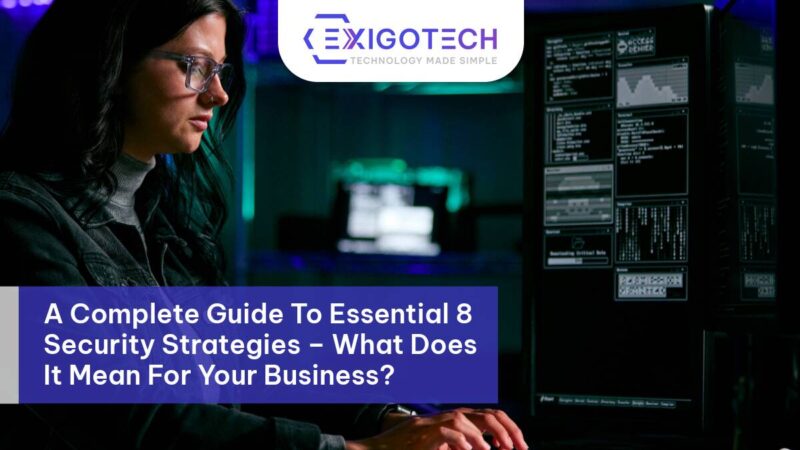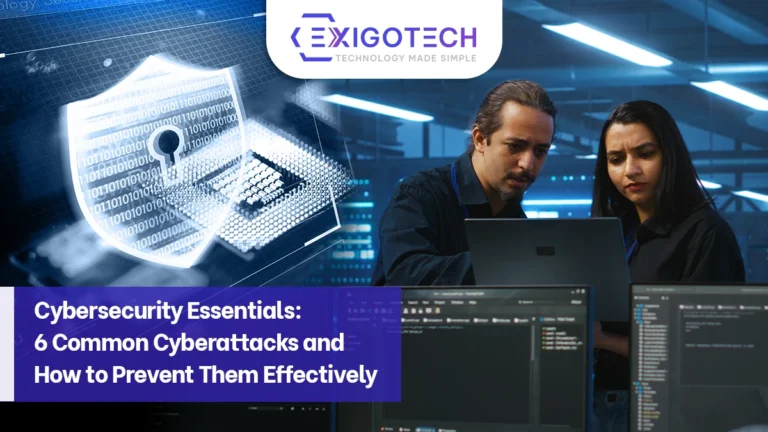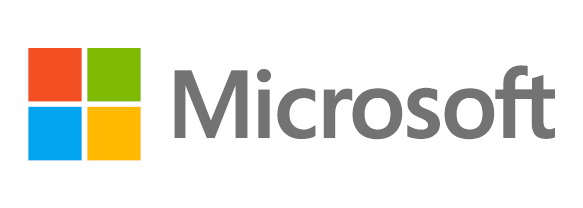Does your business have a security plan in place to protect against hackers? Read this blog to find out how you can stop your private and financial information from falling into the wrong hands.
Recent cyberattacks have highlighted the growing need for businesses to pay attention to cybersecurity posture. In the latest news, Optus – an Australian telecommunications company, suffered a massive hack leaving nearly 2.1 million of its customers’ personal information leaked. Even Telstra – another telecommunication provider suffered a data breach by a third party causing the data leak of some of its employees. Despite the devastating impact of these attacks, the potential consequences seem small in comparison to what might happen in the future. With more businesses going online and storing critical information electronically, the risk of major breaches increases. Being well-informed about data breaches and keeping up with cybersecurity strategies such as Essential 8 is therefore vital for organisations to avoid becoming just another statistic.
So how can your business arm itself against these attacks? Read further to know about the cybersecurity strategies, Essential 8 and other key factors you should consider to secure your IT.
What is Essential 8 and why should your business implement them?
To strengthen its security position, the Australian Government in its 2022-2023 budget announced a $9.9 billion cybersecurity package intending to increase security capabilities in Australia over the next decade.
Australian Cyber Security Center (ACSC) has also designed eight essential mitigation strategies for organisations to prevent and mitigate cybersecurity incidents.
Essential 8 recommendations involve three main mitigation strategies that businesses should follow to reduce the risk of a cyberattack:
Strategies to Prevent attacks
- Application Control: This defines the level of constraints you have over the user applications. It involves preventing software scripts, libraries, installers and other executables from running on workstations. Whitelisting applications allow only approved programs to execute with explicit permissions.
- Patch Applications: This guideline refers to third-party applications and applying security updates and patches. Patching applications with software updates will help you secure your data and hardware by being updated with the latest security framework.
- Application Hardening: This means limiting the functions of an application for a specific purpose. For example, a web browser should not allow ads or java content from the internet and users must not be able to change these settings.
- Configure Microsoft Office Macro Settings: This Essential 8 strategy allows only vetted macros in either trusted locations with limited access or digitally signed with a certificate.
Strategies to Limit the external attack
- Restrict Admin Privileges: This involves managing users with admin access and validating or blocking requests for privileged access to applications and systems. Maintaining a constant review of who has access to what is essential to preventing your business from being compromised.
- Multi-Factor Authentication (MFA): One of the most effective ways to protect and reduce the risk of getting your data exposed is by enforcing an MFA for all privileged access.
- Patch Operating Systems: Keep your operating systems updated with the latest available version. Making use of a vulnerability scanner to identify missing patches decreases the risk of hackers targeting your business.
Data Recovery and Backup Strategies
- Daily Backups: This ensures that all your information is readily available and securely backed up. Having a backup will help in the quick recovery of your data and minimise disruptions if any cyber security attack occurs.
Why should your business implement Essential 8?
These essential 8 strategies help protect your organisation’s information against a range of cyber threats and keep your sensitive data secure. Implementing these strategies can save your business the money, time and effort often needed to respond to serious cybersecurity incidents. When looking at where to begin or how to design a security program it is important to consider the people, process and technology behind the overall business. It’s the business objectives and goals that define the process which in turn gives rise to the people and technology and the way they interact. The Essential 8 strategies cover all three key areas – people, process and technology.
You can greatly reduce the chances that your business will be affected by a cyber incident by implementing all these Essential 8 IT security steps. If your business is ever the victim of a cyberattack, following these detailed recommendations will also make recovery easier. Taking these steps will require a significant investment of time on the part of your IT department or provider, but it’s well worth it.
What are Maturity levels and what maturity level is best for your organisation?
The Essential 8 security strategies are classified according to their ability to mitigate cybercriminal tradecraft.
Based on their maturity, the strategies are ranked at four levels:
- Level 0 represents businesses not aligned with a strong security strategy with extreme risk indicating weakness in the overall cybersecurity posture of the business
- Level 1 indicates meeting all the Essential 8 recommendations at the basic level to reduce the risk of an opportunistic attack.
- Level 2 is a step up in the capability of securing all the components of business with a stronger cybersecurity strategy
- Level 3 focuses on fully aligning the mitigation strategy to protect, detect, recover and minimise cyber risk by undertaking all the Essential 8 strategies
A maturity level of three for every mitigation is recommended for an organisation as a starting point. However, different organisations require different strategies and solutions so the best way to determine what fits best for your business is to have an IT assessment. Our team can conduct one and help you evaluate your current strategy and then implement security practices that will help you remain following the Essential 8 guidelines.
Is Essential 8 Enough For Your Business?
While implementing Essential 8 security controls is a good way to keep your business safe, they don’t offer guaranteed security against all cyber threats and hence shouldn’t be the only protection that your business has. Implementing the Zero Trust model along with Essential 8 will help businesses elevate their maturity level. It is important to remember that the Essential 8 framework should be checkpoints along the way to building a complete holistic security strategy.
Get in touch with our IT experts to learn more about securing your business environment.
Other security measures like effective human risk management and policy processes are essential layers of protection that your business can have. Microsoft offers Solutions that help drive patching strategy. Some of the Microsoft solutions for patch management are:
- Microsoft Endpoint Management: This is an integrated solution for IT admins that helps in managing patching across all the endpoints.
- Microsoft Defender for Endpoint: This comes with threat and vulnerability management (TVM) to manage vulnerabilities and make informed decisions.
- Windows update for Business: These updates let you control the definition of end-user experience and compliance checking.
We offer a range of Microsoft security solutions that not only adhere to the Essential 8 strategies but also build a strong line of defence for your business. Get in touch with our IT experts today to know more of the strategies recommended above that might not be easy to implement without a clear understanding of IT principles and infrastructure. But that doesn’t mean that your business should be left unprotected. One solution here is to hire an IT-managed service provider who can help you manage your security with these essential 8 principles and help you build defences to ensure that your systems are running smoothly. Contact our team on 1300 EXIGOTECH (394 468) or email at to see how prepared your organisation is for Essential 8 and what we can do to improve your cybersecurity stature.
 India
India Australia
Australia Singapore
Singapore Philippines
Philippines Brendan Fazel | Oct 17, 2022
Brendan Fazel | Oct 17, 2022











